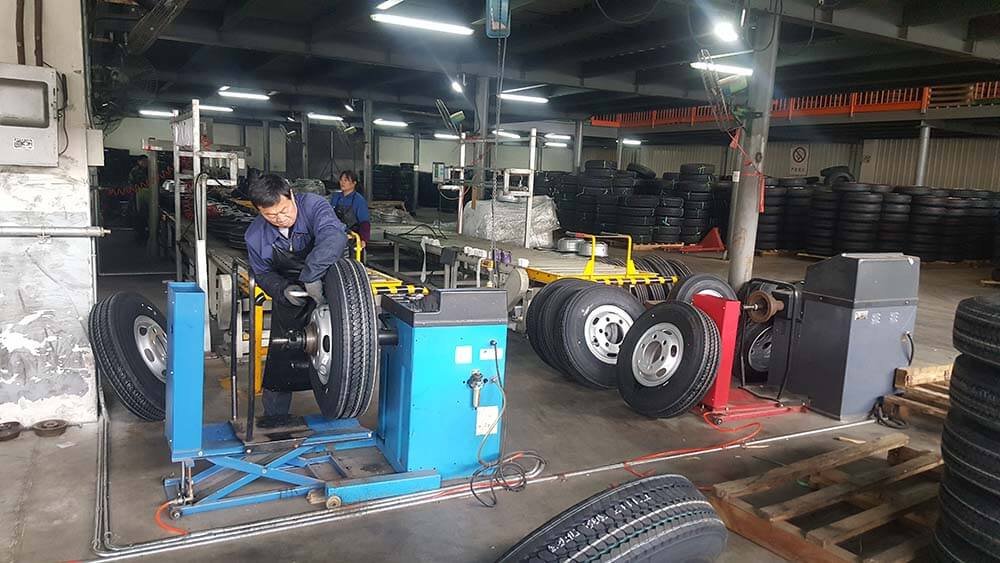Wheel Balancer Machine FAQs
How does the Wheel Balancer Machine work?
Dynamic balancing refers to the centrifugal force generated when the wheel rotates at high speed. The Wheel Balancer Machine calculates the position (angle) and the amount of imbalance (grams) by measuring the amplitude, frequency and other factors of the vibration when the wheel rotates.
What problems can the Wheel Balancer Machine solve?
Wheel imbalance can cause the vehicle to shake when driving, especially above a certain speed (usually 60-100 km/h). The Wheel Balancer Machine can accurately detect the imbalance of the wheel and guide the technician to add balance weights at the appropriate position of the wheel to balance the wheel, thereby reducing the shaking of the vehicle during driving and extending the service life of the vehicle components.
What types of Wheel Balancer Machine are there?
Off-vehicle Wheel Balancer Machine: This is the most common type. It requires the wheel to be removed from the vehicle and then installed on the shaft of the wheel balancer machine for balancing detection. (The most commonly used type)
On-vehicle Wheel Balancer Machine: This type of wheel balancer machine does not require the wheel to be removed. It directly performs balancing detection on the wheel on the vehicle through special sensors and fixtures.
How to choose the right Wheel Balancer Machine for you?
Consider the accuracy of the wheel balancer machine, the size range of wheels that can be detected, the ease of operation, and the price.
What preparations are needed before using the Wheel Balancer Machine?
Make sure the shaft of the wheel balancer machine is clean, free of debris, and well lubricated. Before installing the wheel, clean the wheel hub and tire surface to remove foreign matter such as dirt and stones. At the same time, check whether the tire pressure of the wheel meets the standard, because abnormal air pressure will also affect the balance test results.
What problems may be encountered during the use of the Wheel Balancer Machine?
Inaccurate measurement: It may be due to improper installation of the wheel, not properly installed on the shaft of the wheel balancer machine, or deformation or damage of the wheel itself. It may also be that the sensor of the wheel balancer machine is faulty or needs to be calibrated.
The balance weight is still unbalanced after installation: This may be due to inaccurate quality of the wheel balance weight, incorrect installation position, or the state of the wheel has changed after the wheel weight is installed (such as moving the wheel position during installation).
How to maintain the Wheel Balancer Machine?
Clean the various parts of the wheel balancer machine regularly, including the shaft, sensor, control panel, etc. Regularly calibrate the sensors of the balancing machine to ensure the accuracy of the measurement. You can obtain the calibration method and cycle according to the instruction manual of the wheel balancer machine or contact the manufacturer.

